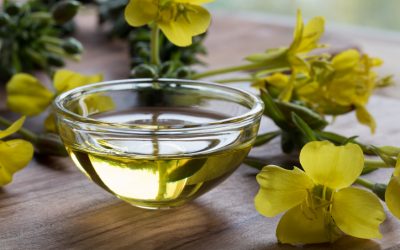Persica and Carthamus for Treatment of Blood Stasis
Persica is mainly used to treat blood stasis, a syndrome thought to involve blood that has congealed and become inactive; this occurs in the lower abdomen most frequently, but in the abdominal organs generally, as a result of inhibited circulation of qi and blood. In the Lingshu it was explained: “When food and drink cannot be regulated, and joy and anger are not timely, this condition causes the ferrying of liquids to overflow to the insides. These liquids then descend and detain in the marshes [reproductive organs] making the blood paths to be obstructed.” Aside from irregular eating and lack of emotional stability, blood stasis may occur also from surgeries, abdominal injuries, childbirth, and as the result of prolonged deficiency of blood that leads to blood dryness and stasis. The short-term therapy is to break up the stasis, usually using persica along with rhubarb and other blood vitalizing agents.
Carthamus is mainly used to invigorate blood circulation; it can also nourish blood when used in small doses; like persica, it can break up static blood, but only at high doses. It is commonly used today to improve cardiovascular circulation and to treat and prevent local blood clotting, as occurs with angina pectoris. In China, a well-known therapy for coronary heart disease with angina isGuanxin Erhao (Coronary Heart No. 2): carthamus, salvia, red peony, cnidium, and rosewood. Carthamus is also used to regulate the menstrual cycle, given without persica when there is little blood stasis. It is primarily indicated when inhibited circulation of qi and blood lead to irregular menstruation, premenstrual syndrome, and pain at the onset of menstruation.


